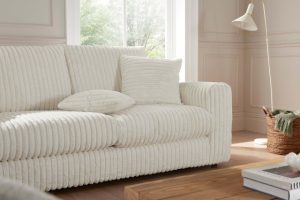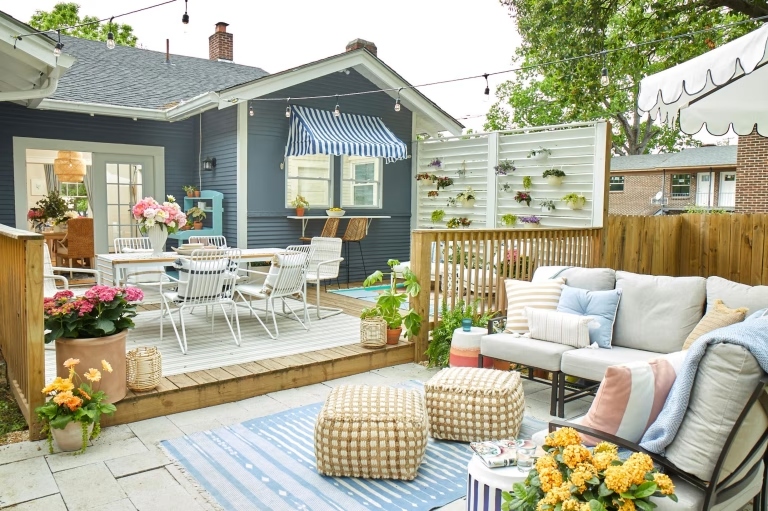“Water-free” (aka anhydrous or waterless) beauty started in South Korea and has since gone global. At its simplest, it means formulas that contain little to no added water and instead rely on oils, waxes, butters, powders, or solid concentrates. The eco hook is clear: freshwater is under stress. WWF has long warned that by 2025, up to two-thirds of the world’s population may face water shortages; the UN projects urban water scarcity will continue to surge toward mid-century (UN SDG 6) and that global freshwater demand could exceed supply by ~40% by 2030 (World Economic Forum/UN).
Quick Definition
Water-free beauty covers two big buckets: (1) anhydrous products with no water (think balms, oils, stick deodorants), and (2) concentrated/solid formats that you activate with a little water at home (powder cleansers, shampoo bars). Both reduce shipped water weight and can raise the % of active ingredients per gram. See formulation overviews in the scientific literature and pro guides (Aguiar et al., 2022; Formulator’s guide, 2025).
Is It Better for Skin?
- More concentrated actives: Removing water can boost the relative % of emollients and antioxidants. That’s why balms feel richer and powder cleansers can pack higher vitamin C. (Caveat: “more concentrated” ≠ automatically “more effective” for every concern.)
- Fewer classic preservatives: Microbes need water. Anhydrous products often rely on packaging hygiene + non-traditional hurdles instead of higher doses of conventional preservatives (cosmetic preservation review). Water-activated powders still need preservation strategies once wetted, so don’t dip wet fingers back into jars.
- Who benefits most: Very dry or eczematous skin often tolerates oil-rich, water-free textures better because they reinforce the barrier with occlusives/emollients. Oilier/acne-prone skin may prefer water-based gels for a lighter feel (derm consensus reflected in ingredient primers from the AAD; see general guidance on actives here).
Is It Better for the Planet?
It can be—especially when products are lighter to ship, last longer, or cut water in the use phase (the water you run at the sink or in the shower). Major beauty companies are also tackling water in manufacturing and product design: Unilever is rolling out water-stewardship programs at ~100 sites in stressed locations (Unilever), L’Oréal targets a 25% reduction in consumer water use per finished product vs 2016 and aims for 100% “waterloop” industrial reuse by 2030 (L’Oréal, waterloop plants), and P&G targets a 35% cut in factory water per unit and 5 billion liters recycled by 2030 (P&G; ESG page).
Reality check: “Water-free” isn’t a magic wand. Overall sustainability depends on the whole life cycle—ingredients, packaging, transport, and how much hot water you use. But anhydrous and concentrated formats are credible levers in that mix (life-cycle review).
How to Read the Label (Fast)
- Ingredients list: If you see Aqua/Water in the top line, it’s not water-free. Oils, butters, waxes, powders up top = likely anhydrous or concentrated.
- Format clues: Balms, sticks, oils, powder cleansers/shampoos, solid fragrances are typically water-free; mists/lotions are not.
- Sensitivity note: Waterless ≠ fragrance-free. Essential oils/resins in some anhydrous formulas can irritate sensitive skin—patch test.
3 Smart Water-Free Picks to Try
1) Mai Couture Blush Paper

Oil-absorbing blotting papers infused with pressed pigment—tap to mattify and add color without liquids. Great for travel and touch-ups; the sheet format is inherently water-free. Product details via retailers: Beautylish, Refinery29 Shop, mass-market listing Walmart.
2) Costa Brazil Body Cream (rich, water-lean formula)

Packed with Amazon-sourced emollients (kaya, cacay, tucumã, murumuru, Brazil-nut oils) for lasting moisture and slip. Retailers highlight the “no added water” positioning for high actives-to-base ratio (Bluemercury; ingredient spotlights: Costa Brazil).
3) de Mamiel Brightening Cleanse & Exfoliate (vitamin-C powder)

A water-activated powder with vitamin C, colloidal oat, cacao, and adaptogenic botanicals; you add a few drops of water to make a paste, so you’re not paying to ship a liquid (de Mamiel; ingredient breakdown: INCIdecoder; retailer copy: Anthropologie).
How to Build a Water-Smarter Routine (Without Going Extreme)
- Swap 1–2 steps to solids or powders: e.g., powder cleanser in the AM; balm in PM. You’ll likely use less product per application.
- Time your tap: Most of skincare’s water footprint occurs when you rinse. Shorter, lukewarm rinses make a real dent (L’Oréal tracks consumer-use water and targets a 25% cut per product on average by 2030—source).
- Travel light: Because anhydrous products are concentrated, a 30–50 g stick can last as long as a 150 ml lotion—less weight, fewer bottles.
FAQs (the nuanced stuff)
- Do water-free products need preservatives? Often fewer or different ones, but “preservative-free” is marketing shorthand, not a guarantee. Cosmetics still must be micro-safe (preservation review; Cosmebio).
- Is water bad in skincare? Not at all; it’s a great solvent and sensorial enhancer. “Water-free” is about concentration and resource use—not demonizing water.
- What about industry pledges? Big players publish water-reduction targets and factory “waterloop”/recycling initiatives (Unilever: here; L’Oréal: here; P&G: here).
Sources & further reading: Water scarcity snapshots (WWF; UN SDG 6; WEF/UN); anhydrous & concentrated formats (Aguiar 2022); cosmetic preservation (review; Cosmebio); industry water goals (Unilever; L’Oréal; P&G); product specs: Mai Couture Blush Paper; Costa Brazil Body Cream; de Mamiel Brightening Cleanse.










